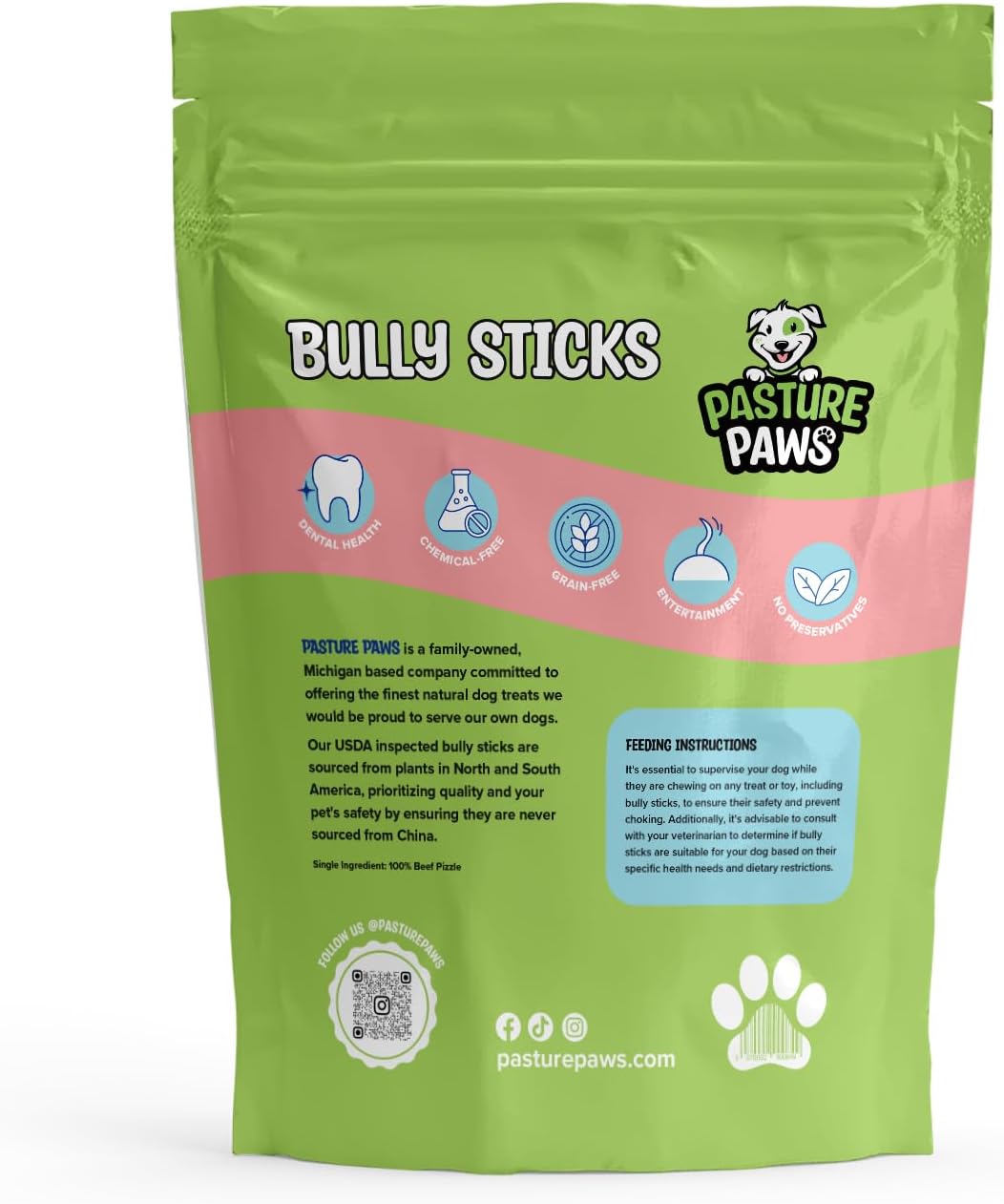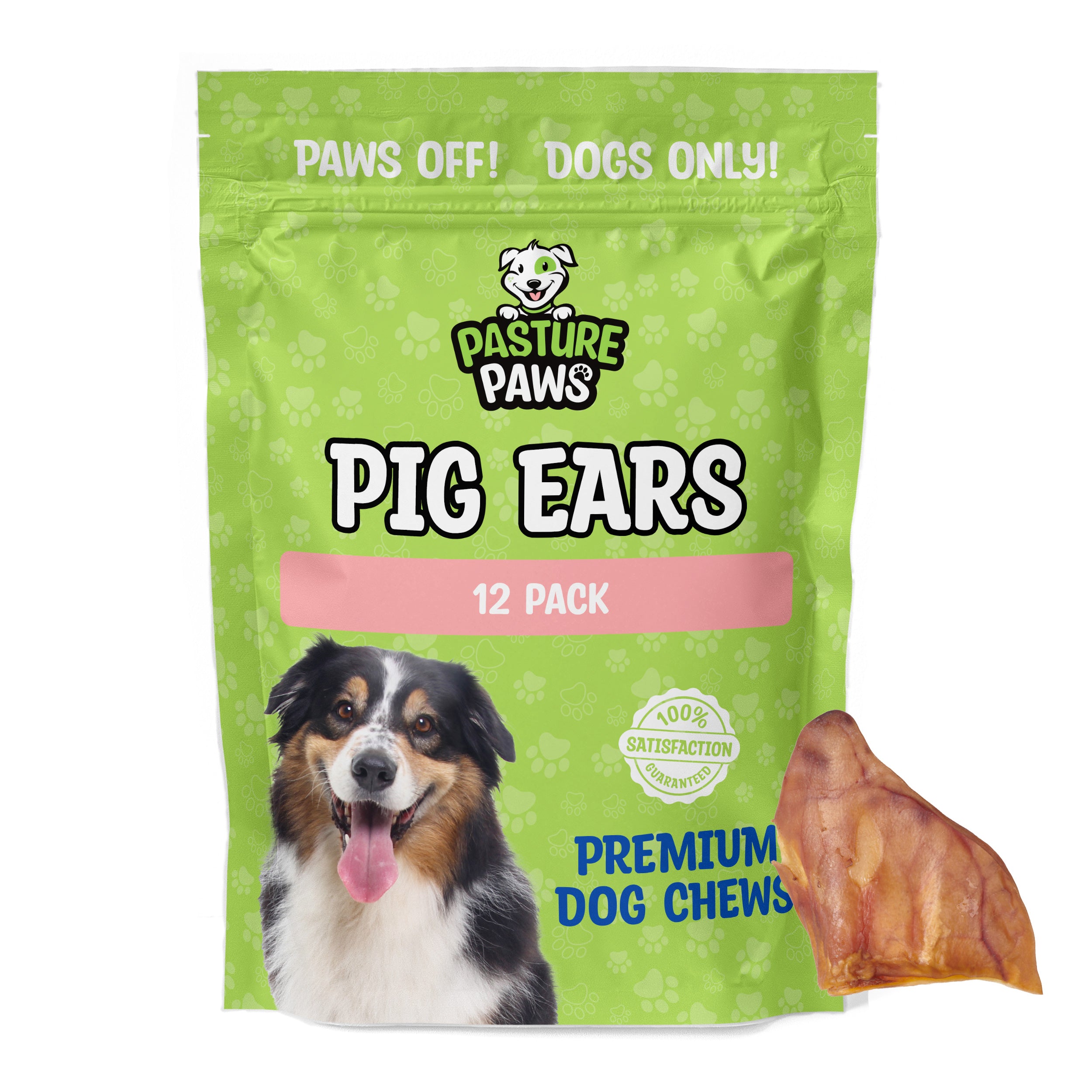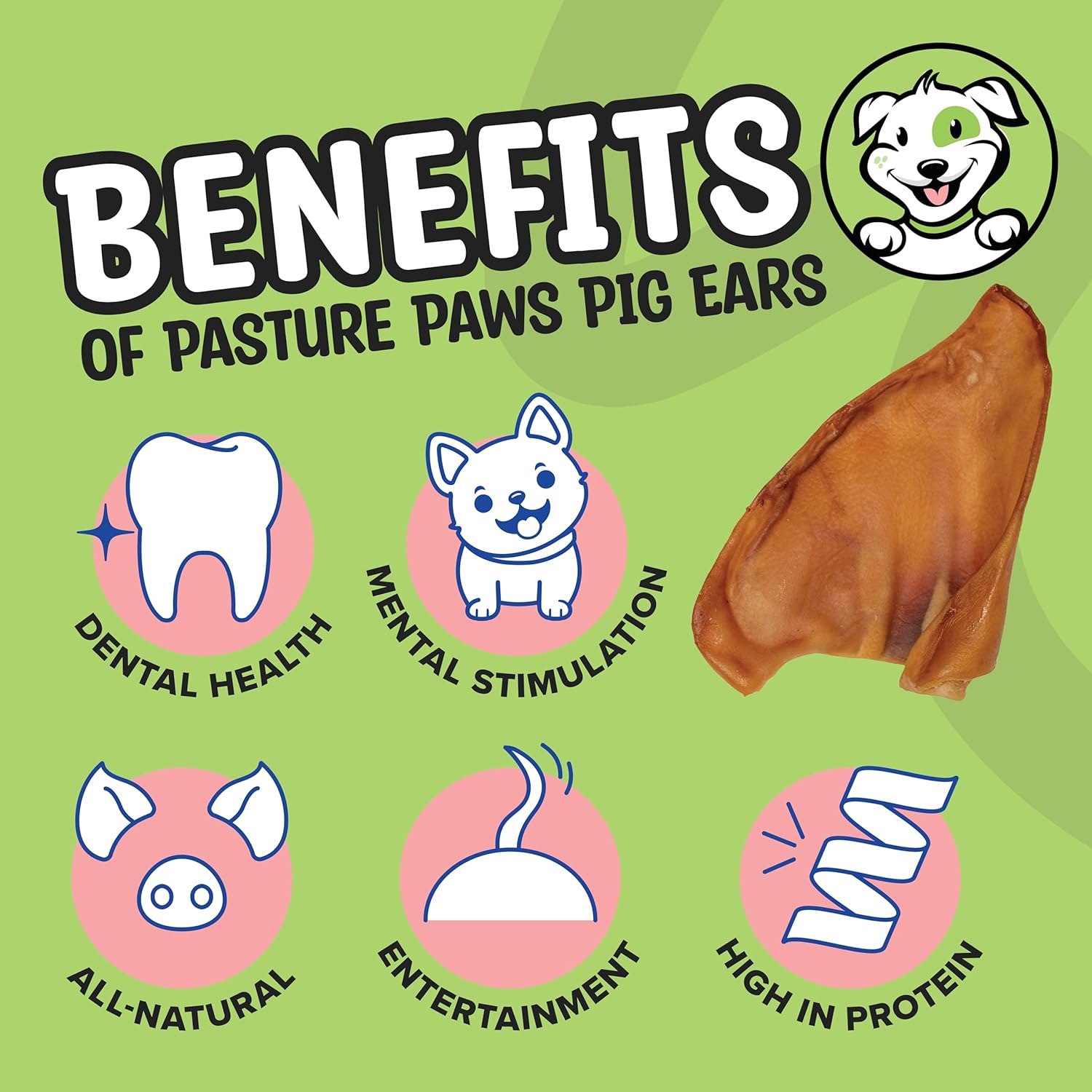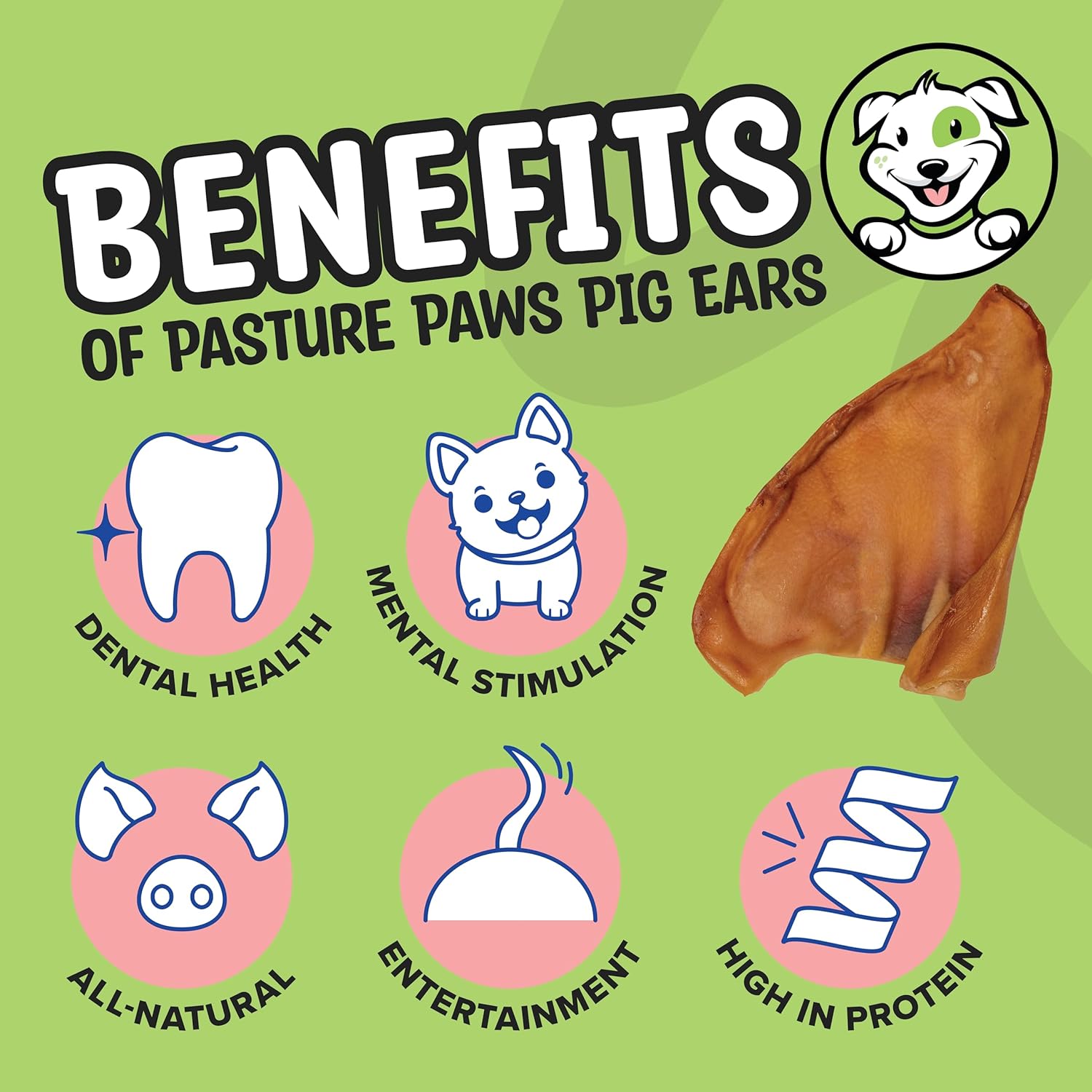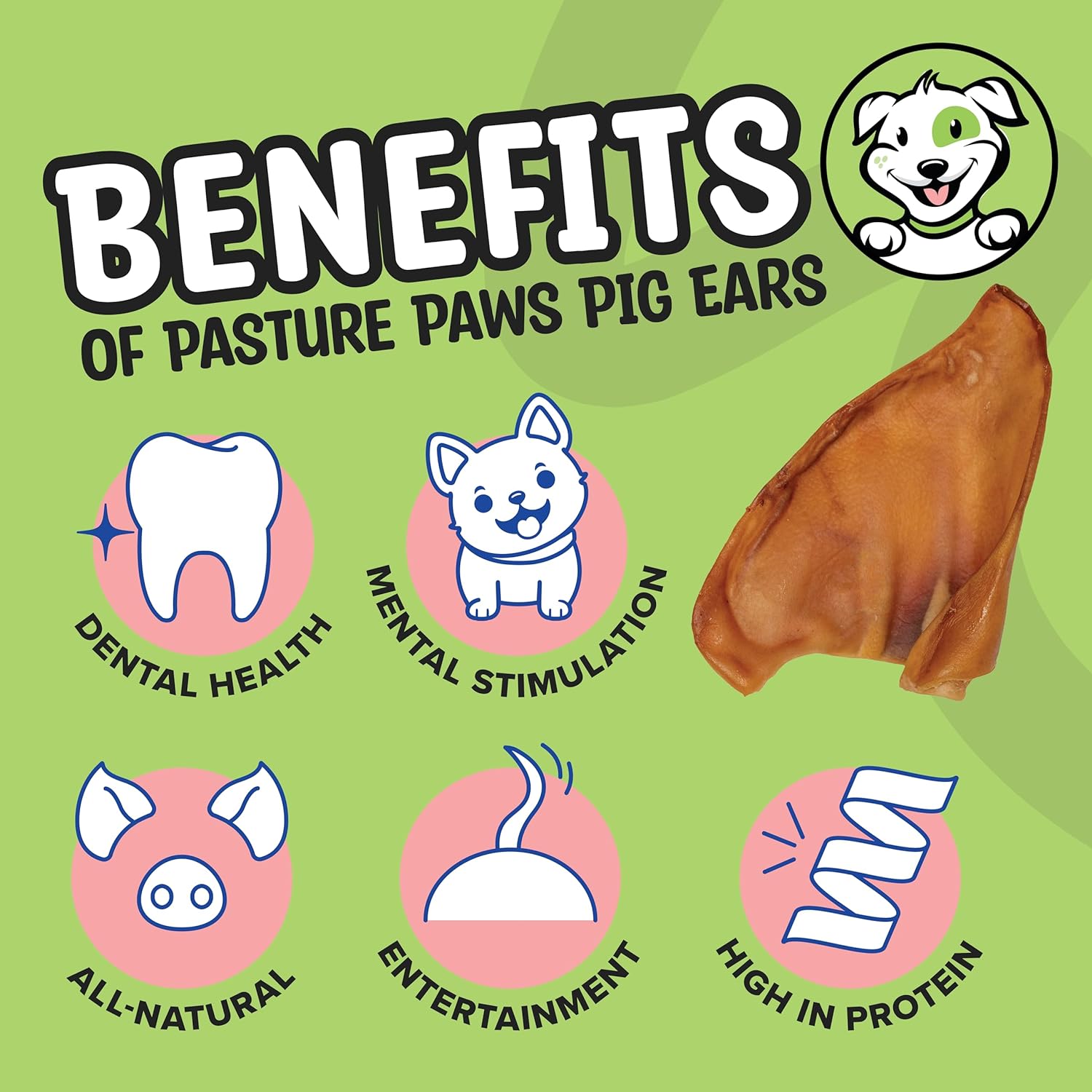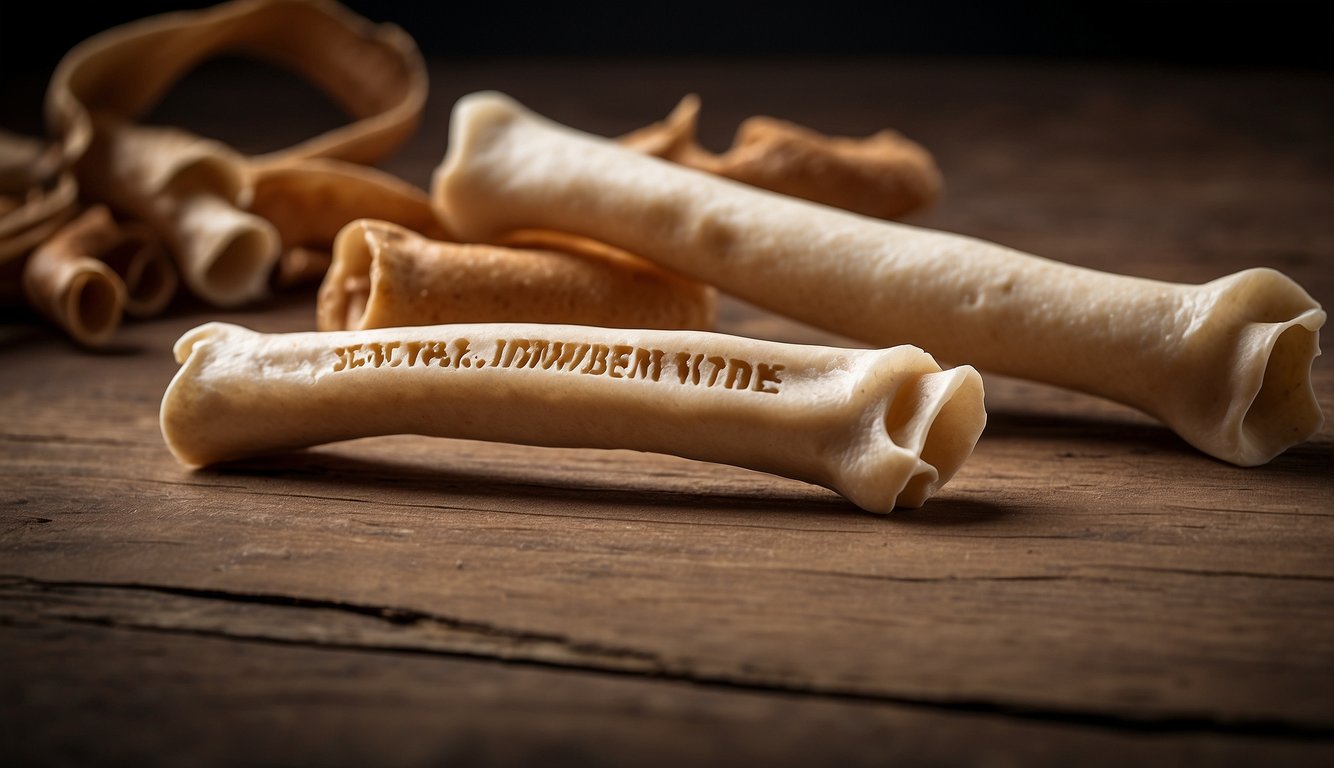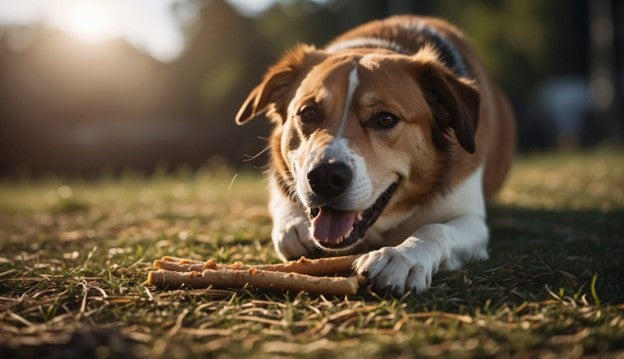When considering the debate of Rawhide vs Beefhide, many pet owners are unsure about the differences between these popular chew treats for dogs. Both rawhide and beefhide are made from animal hides, but beefhide comes exclusively from cows, whereas rawhide can be sourced from any hoofed animal. This key difference in the Rawhide vs Beefhide comparison affects the treats' qualities and potential benefits for your dog. Chewing on rawhide or beefhide can help keep your dog's teeth clean by scraping away plaque and tartar, which promotes better dental health. Additionally, these chews provide mental stimulation, giving dogs a fun activity to keep them busy and satisfied.
When choosing between Rawhide vs Beefhide for your pet, it's important to think about safety and quality. Beefhide is often seen as a safer option because it comes from a single, known source. In contrast, rawhide's varied sources can make it harder to track its origin and ensure consistent quality. Regardless of your choice, always supervise your dog when giving them any chew treat to prevent choking or other issues.
What Are the Differences Between Rawhide vs Beefhide?

Rawhide and beefhide are popular chew treats for dogs. They have some key differences in their sources and production methods.
Definition and Source
Rawhide is a broad term for chews made from animal hides, like the 9-10" Rawhide Retriever Roll - Natural Flavor. These chews can come from cows, buffalo, horses, or other animals, and the source isn't always clear on rawhide labels.
Beefhide is more specific. It only comes from cow hides. This gives you a better idea of what you're buying for your dog.
Both options provide chewing fun for dogs. But beefhide offers more clarity about its origin.
Production and Processing
Rawhide and beefhide go through similar production steps.
Manufacturers clean and prepare the hides, then shape them into chews.
The main difference is in quality control.
Beefhide often has stricter standards since it's from a single source. Rawhide can vary more in quality.
Some rawhide may contain chemicals from processing. Beefhide tends to have fewer additives. This can make it a safer choice for your dog.
Both types can help clean your dog's teeth. They satisfy the urge to chew and may reduce dental problems.
Benefits of Rawhide and Beefhide

Rawhide and beefhide chews offer dental health benefits and help with behavioral issues in dogs.
These treats can be useful tools for pet owners looking to improve their dog's oral hygiene and provide mental stimulation.
Dental Health Advantages
Chewing on rawhide or beefhide can help clean your dog's teeth.
As your dog gnaws on these treats, the chewing action scrapes away plaque and tartar buildup. This can lead to fresher breath and healthier gums for your furry friend.
The texture of these chews acts like a natural toothbrush. It reaches areas in your dog's mouth that are hard to clean with regular brushing.
Regular use of rawhide or beefhide chews may lower the risk of gum disease and tooth decay in dogs.
Behavioral and Use Cases
Rawhide and beefhide chews can help with anxiety and boredom in dogs.
These treats give your pet something to focus on, which can be especially useful during stressful times or when you're away from home.
Chewing is a natural behavior for dogs. Providing appropriate chew toys like rawhide or beefhide can stop them from chewing on furniture or other items in your home.
This can be helpful for puppies who are teething or adult dogs with chewing habits.
These chews also offer mental stimulation.
The act of working on a tough chew can keep your dog's mind active and engaged. This mental exercise can tire them out and lead to calmer behavior overall.
Safety Considerations
Chew treats like rawhide and beefhide can pose risks to dogs. It's vital to know these dangers to keep your pet safe.
Choking and Obstruction Risks
Rawhide and beefhide can break into large chunks. These pieces might get stuck in your dog's throat. This can cause choking or block their airway.
Swallowed bits can also cause problems in the stomach or intestines. They may not digest well and can lead to blockages. This is very dangerous and may need surgery to fix.
Always watch your dog when they chew these treats.
Take the treat away if it gets too small or soft. Cut treats into smaller pieces for little dogs.
Contamination and Allergic Reactivity
Some dogs may be allergic to rawhide or beefhide. Signs can include itching, swelling, or stomach upset.
These treats can also carry harmful germs. Salmonella and E. coli are two big risks. These bacteria can make both dogs and humans sick.
The making of these treats sometimes uses chemicals. These can cause health issues for some dogs.
To stay safe, buy treats from trusted brands. Look for products made in countries with good food safety rules. Wash your hands after handling the treats.
How Do You Decide Between Rawhide vs Beefhide for Your Dog?

Choosing between rawhide and beefhide for your dog depends on several factors. Let's look at the key differences and what they mean for you and your pet.
Differences in Composition
Rawhide comes from various animal hides, while beefhide is made only from cowhide. This affects the taste and texture of the chews.
Rawhide can be softer and may come in different flavors. Beefhide is often tougher and has a distinct beef taste.
Rawhide treats don't always list their source on the label. This can be a problem if your dog has allergies. Beefhide is more straightforward - you know it's from cows.
Both types go through similar manufacturing processes. The bottom layer of animal skin is used to make these chews.
Pros and Cons for Pet Owners
Rawhide offers more variety in taste and texture. It can be good for dogs who get bored easily. Some rawhides are softer, making them better for older dogs or those with dental issues.
Beefhide is often tougher. This makes it last longer, which is great for strong chewers. It's also clearer what it's made from, which can give you peace of mind.
Both types can help clean your dog's teeth. They may reduce the risk of dental disease. But they also come with risks. Large pieces can cause choking or blockages if swallowed.
You need to watch your dog while they chew. Pick the right size for your pet. Take the chew away when it gets small enough to swallow whole.
Selection and Usage Tips

Picking the right chew and using it safely are key for your pet's enjoyment and health. These tips will help you choose wisely and offer chews in a responsible way.
Choosing the Right Size and Texture
Pick a chew that fits your dog's size and chewing style.
For small dogs, choose smaller, softer chews. Large dogs need bigger, tougher options.
Look at the chew's texture too. Smoother chews work well for gentle chewers. Rougher textures suit power chewers.
Check the chew's hardness. It shouldn't be too hard or it could harm your dog's teeth.
A good rule is to press your thumbnail into it. If you can't make a dent, it's too hard.
Consider your dog's age and health. Puppies and seniors may need softer chews. Dogs with dental issues might do better with special dental chews.
Safe Offering and Supervision
Always watch your dog when they chew. This helps prevent choking or swallowing large pieces.
Take the chew away if it gets small enough to swallow whole.
Limit chewing time to 10-15 minutes per session.
This prevents overindulgence and keeps the treat special. Remove the chew if it starts to break apart or get stringy.
Offer chews in moderation. They're treats, not meal replacements. Too many can lead to weight gain or upset stomachs.
Keep chews clean and store them properly. Wash your hands after handling. Replace chews if they get moldy or smell bad.
Introduce new chews slowly. Watch for any bad reactions like vomiting or diarrhea. If problems occur, stop giving the chew and talk to your vet.
Alternative Chew Options
Dog owners have many safe and healthy options beyond rawhide and beefhide. These alternatives offer different textures, flavors, and benefits to keep pups happy and occupied.
Natural and Synthetic Substitutes
Bully sticks are a popular natural chew made from beef muscle. They're long-lasting and help clean teeth. Antlers and bones also provide durable chewing options, but use caution with heavy chewers.
Rubber and nylon chew toys are tough synthetic choices. They come in fun shapes and textures. Many are flavored to attract dogs.
For a healthy snack, try giving your dog raw carrots. They're crunchy and good for teeth. Always supervise chewing and remove small pieces to prevent choking.
Dietary Treats and Chews
Dental chews are made to clean teeth and freshen breath. Look for vet-approved options with proven benefits.
Dried sweet potato slices offer a chewy, nutritious treat. They're high in fiber and vitamins.
Pig ears are tasty chews, but they're high in fat. Give them sparingly as a special treat.
Freeze-dried meat treats satisfy the urge to chew while adding protein to your dog's diet. Choose single-ingredient options without additives.
Always introduce new chews slowly. Watch for allergies or digestive issues. Remove treats if they become small enough to swallow whole.
Rawhide and Beefhide for Specific Dog Profiles
Rawhide and beefhide chews can be suitable for different dogs, but it's important to consider your dog's age, breed, and health needs. These factors affect which type of chew is best and how to use them safely.
Puppies and Adult Dog Considerations
Puppies have different chewing needs than adult dogs. For puppies, softer chews are better.
You can give small pieces of rawhide or beefhide to puppies over 6 months old. Watch them closely to avoid choking.
Adult dogs can handle tougher chews. Rawhide and beefhide can help clean their teeth.
Give chews that match your dog's size. Big dogs need bigger, thicker chews. Small dogs do better with thinner strips.
Aggressive chewers need extra care. Pick thick, high-quality chews. Replace them often to avoid small pieces breaking off.
Always give chews in moderation. Too much can upset your dog's stomach.
Health Implications for Different Breeds
Some breeds have special health needs to think about when giving rawhide or beefhide.
Flat-faced breeds like Bulldogs and Pugs can choke more easily. Cut chews into small pieces for them.
Large breeds prone to bloat, like Great Danes, should avoid big chews right after meals.
Dogs with sensitive stomachs might do better with beefhide. It's often easier to digest than rawhide.
Breeds prone to dental issues, like Yorkies, can benefit from the teeth-cleaning effects of chewing.
Always check with your vet before giving new chews, especially if your dog has health issues.
Digestibility and Nutritional Value
Rawhide and beefhide chews are not easily digestible. Your dog's body can't break them down well.
They have little nutritional value and don't add calories to your pet's diet.
Chewing these treats can help clean teeth. But they're not a food substitute. Give them as occasional treats, not meals.
If swallowed in large pieces, both can cause digestive issues. Always watch your dog when they chew these treats.
Care and Maintenance
Proper care of rawhide and beefhide chews keeps them safe and enjoyable for your dog. Regular cleaning and timely replacement are key to maintaining these treats.
Cleaning and Storing Chews
Clean your dog's chews regularly to prevent bacteria growth. Rinse them with warm water after each use.
You can also use a mild soap for a deeper clean. Dry the chews completely before giving them back to your dog.
Store chews in a cool, dry place. A clean container or resealable bag works well.
Keep them away from heat and moisture to avoid mold. Don't mix different chews together in storage.
Check chews often for signs of wear. Look for cracks, tears, or soft spots. These can be choking hazards. Remove any small pieces that break off during chewing.
When to Discard and Replace
Replace chews when they become too small or start breaking apart. A good rule is to discard any piece smaller than your dog's mouth. This prevents choking risks.
Throw away chews that smell bad or look discolored. These signs often mean bacteria has grown on the treat.
Replace chews that have become too soft or gummy. Their texture change can pose a safety risk.
Get new chews every few weeks, even if the old ones look fine. This ensures your dog always has fresh, safe treats. The exact timing depends on how much your dog chews.
Conclusion
Frequently Asked Questions
Dog owners often have questions about rawhide and beefhide chews. These treats can be confusing, with different options and safety concerns to consider.
What are the differences in digestibility between rawhide and beefhide for dogs?
Beefhide is usually more digestible than rawhide. It breaks down easier in a dog's stomach.
Rawhide can be harder to digest and may cause blockages.
Dogs can pass beefhide pieces more easily if swallowed. Rawhide tends to swell up when wet, which can be risky.
Are there any safety concerns associated with beefhide for dogs?
Beefhide is generally safer than rawhide, but it's not risk-free. Choking is still possible if dogs swallow large pieces.
Some beefhide may have chemicals from processing. It's best to choose natural, high-quality options.
What do veterinarians say about giving rawhide to dogs?
Many vets advise caution with rawhide. They worry about choking and digestive issues.
Some vets suggest alternatives like rubber toys or dental chews. Others say rawhide is okay if you watch your dog closely.
Are there specific benefits or risks of rawhide for puppies compared to adult dogs?
Puppies have more sensitive stomachs and smaller throats. Rawhide can be riskier for them.
Adult dogs may handle rawhide better, but it's still not ideal. Puppies and adults both risk choking or blockages.
How do beefhide chews compare to bully sticks in terms of safety?
Bully sticks are often seen as safer than beefhide. They're more digestible and less likely to splinter.
Beefhide can still pose choking risks. Bully sticks are usually softer and break down more easily.
Why might dog owners consider avoiding rawhide chews?
Rawhide can cause digestive problems. It might get stuck in a dog's throat or stomach.
Some rawhide has harmful chemicals. It can also have bacteria that makes dogs sick.

